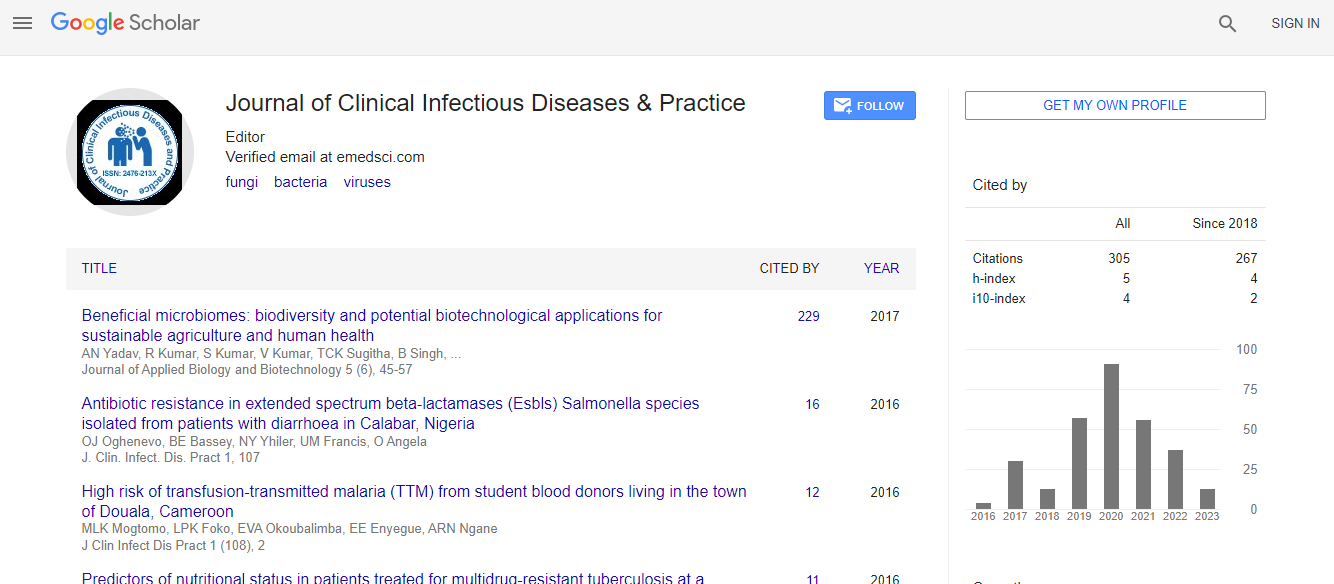Predictors of Mortality Assessment in Sepsis Patients in Intensive Care Unit at a Tertiary Care Hospital
*Corresponding Author:
Copyright: © 2021 . This is an open-access article distributed under the terms of the Creative Commons Attribution License, which permits unrestricted use, distribution, and reproduction in any medium, provided the original author and source are credited.
Abstract
Introduction: Infectious diseases are the most leading cause of morbidity and mortality among worldwide. The second leading cause of death is sepsis, septic shock is a life-threatening condition that increases the rate of hospitalization and mortality. Severe sepsis can be categorized by presence of one or more organ dysfunction i.e., metabolic acidosis, acute encephalopathy, oliguria, hypoxemia, coagulation or persistent hypotension. To find out the mortality rate of the patients with sepsis or severe sepsis can be done by using various scoring systems like GCS (Glasgow Coma Score), APACHE II and III, SOFA score. This can improve the patient care and also used for predicting the mortality of the sepsis or severe sepsis patients admitted in the ICU. Methodology: It was a prospective observational study conducted for about 6 months. The study includes the patients with sepsis, severe sepsis and septic shock. The study excludes patients not with sepsis, pregnancy and lactating females. Data was collected from the ICU and analyzed by using SPPS software 20.0 for windows. Results and discussion: Our study was aimed to estimate the mortality among adult patients admitted in the medical ICU with severe sepsis, sepsis. The total sample of 54 patients admitted to medical ICU and the mortality rate among them is 39%, and survival rate in them is 61%. The major co-morbidities observed in this study are a history of fever, diabetes mellitus, and respiratory co-morbitesis. Patients who are positive to sepsis or septic shock were having higher mean CRP (170.22 ± 129.01) when compared with survival group (131.88 ± 112.05). Hence, higher level of CRP indicated the high mortality rate. Conclusion: Present study showed 39% of mortality with increased CRP, serum lactate levels and body temperature are found to be clear predictors of mortality in sepsis, severe sepsis and septic shock by using SOFA score.

 Spanish
Spanish  Chinese
Chinese  Russian
Russian  German
German  French
French  Japanese
Japanese  Portuguese
Portuguese  Hindi
Hindi 
